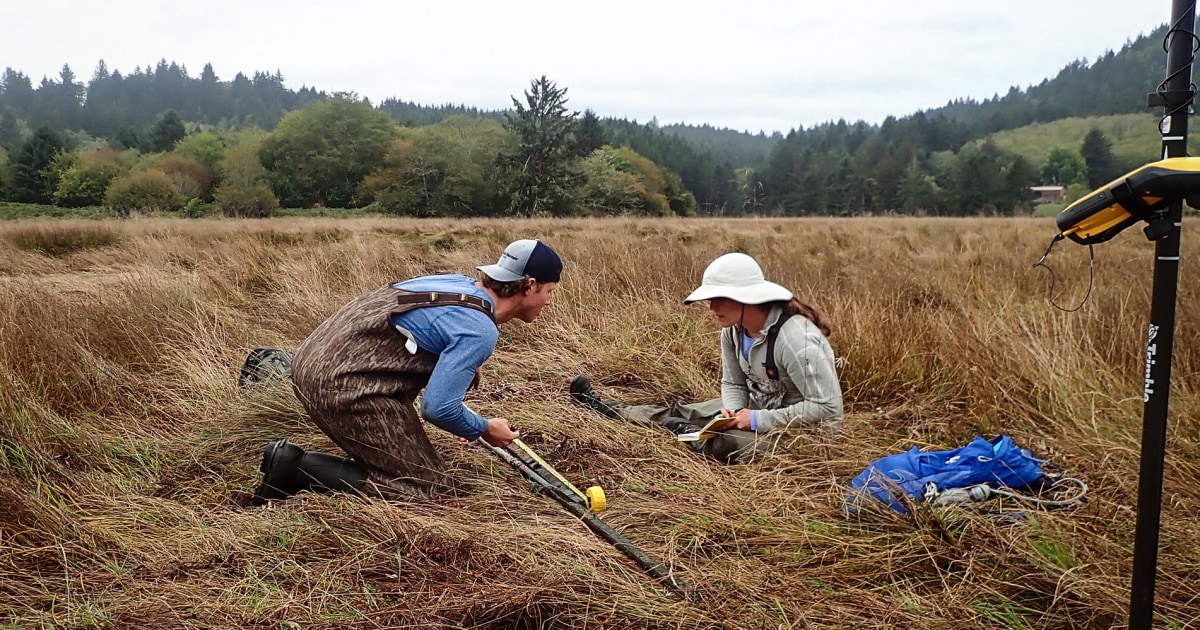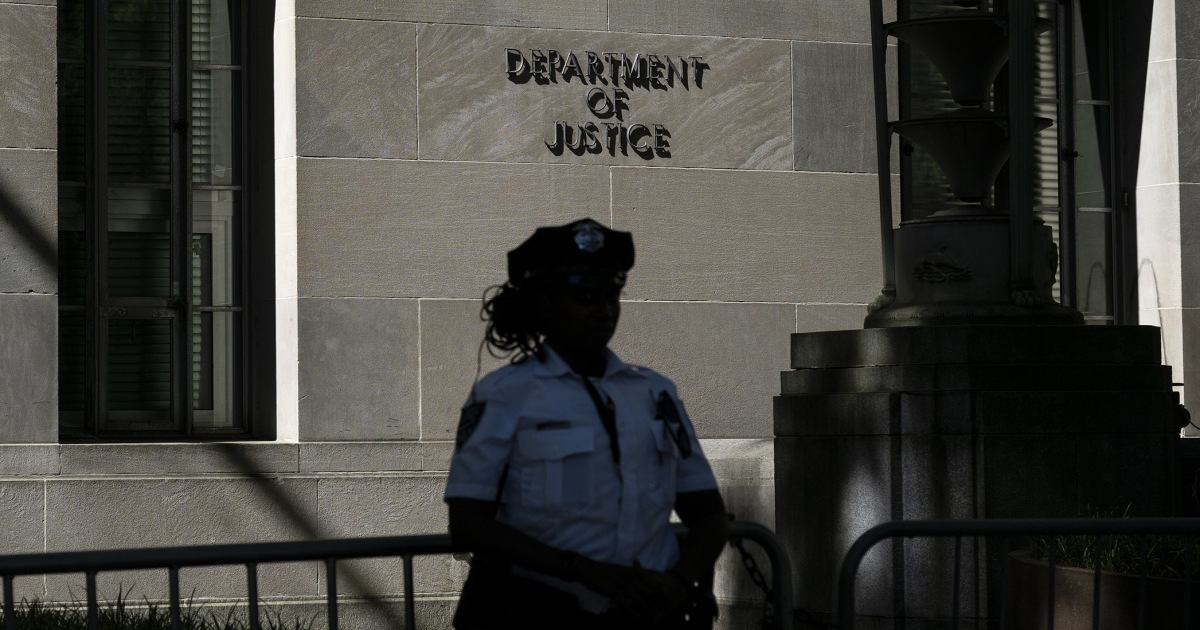In the Asheville area, local officials urged people to leave low-lying areas.
“It’s possible we may get to a point where our crews will not physically be able to perform rescues,” Buncombe County Emergency Services Director Taylor Jones said in a news release. “We cannot emphasize how much you should take this seriously.”
The University of North Carolina Asheville canceled classes Thursday afternoon. The local school district closed its doors Thursday and Friday. Roadways were flooded and closed Thursday.
“The tropical system isn’t even here yet, so you can understand there’s a lot of concern here,” said Christopher Godfrey, a professor and chair of the department of atmospheric sciences at University of North Carolina Asheville.
Godfrey said the rain overnight Wednesday was driven by a rare precursor event, when a front stalled over the region and funneled moisture pushed north by the tropical storm.
“If we didn’t have the tropical system, we would still have a rainy day,” Godfrey said. “But with the tropical system developing, that is also enhancing the southerly flow that’s bringing in this moisture.”
In 1916, 25 people died after flooding devastated western North Carolina and swept away entire buildings after the remnants of tropical storms led to extreme rain, according to the Asheville Museum of History. Friends and family members watched as loved ones were swept downriver. The local power plant was destroyed, and the railroad was badly damaged, cutting Asheville off from the rest of the world.
Buncombe County officials warned that flooding over the next few days could rival or exceed the events of 1916.
Evan Bush is a science reporter for NBC News.

 8 months ago
8 months ago
 (200 x 200 px).png)








 English (US) ·
English (US) ·